From Our Family History Research Experts
A Day At The Beach
Coney Island and Atlantic City have delighted generations of Americans seeking respite from the summer doldrums. The innovative ideas and hard work of immigrants helped create the lively and diverse experiences that made the boardwalk a symbol of fun in the sun.
American Family Immigration History Center research experts Dana E. and Jon D. explored the relationship between Coney Island, Atlantic City, and Ellis Island. The breadth and depth of immigrant connections are impressive: from the daughter of Russian immigrants who grew up to become Miss America to the Romanian immigrant whose imagination led to the building of the Wonder Wheel to a young immigrant from Belarus who would later be nicknamed “the Mob’s Accountant” for his alleged connections to the seedier side of the glittering seaside casinos.
Read on for a sampling and check out this content to learn more about Atlantic City and Coney Island.
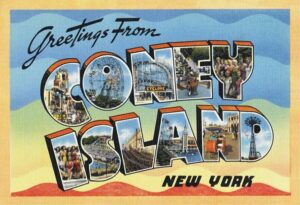
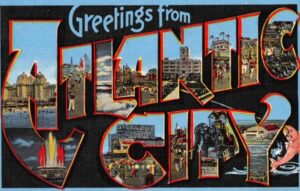
Nathan's Famous
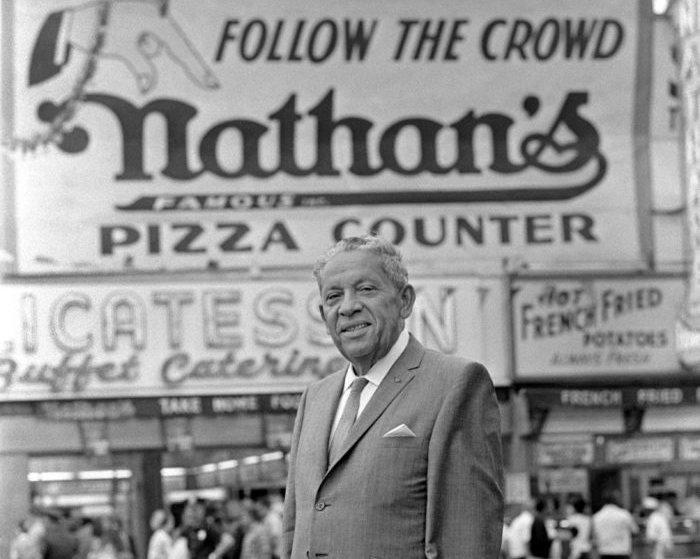
Nathan Handwerker was born in Galicia, which was part of the Austro-Hungarian Empire. In 1912, at the age of 20, he immigrated to New York under his birth name, Nuchem Gewisseuheit, aboard the S.S. Campanello. Handwerker worked slicing bread rolls at a restaurant in Coney Island that sold hot dogs for only ten cents. Inspired, Nathan and his wife, Ida, spent their life savings opening their own stand. To save money, Ida Handwerker created her own hot dog recipe, keeping them kosher since the family was Jewish and selling them for just five cents.
The stand was unnamed until 1921, when Handwerker decided to call it “Nathan’s Hot Dogs.” His son, Murray Handwerker, developed the stand into the chain we now know as “Nathan’s Famous.” Today, Nathan’s still attracts some of the longest lines on the boardwalk and hosts a hot dog eating contest every Fourth of July.
The Mob's Accountant
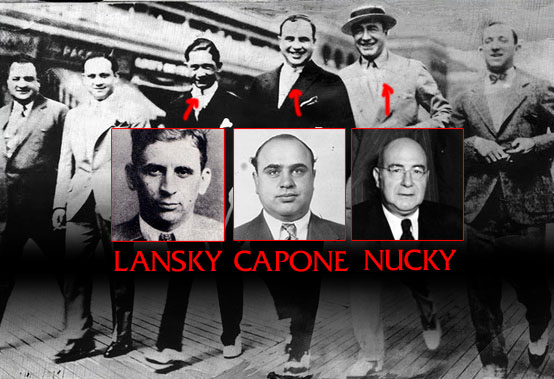
Casinos and gambling are synonymous with Atlantic City. It dates back to the Prohibition Era when vacationers flocked to Atlantic City to indulge in alcohol and betting. In the 1920s, the American mafia largely controlled the flow of alcohol into the city. In 1929, all the major players in organized crime gathered for “The Atlantic City Conference” to discuss the future of alcohol and gambling in the U.S. after Prohibition. Attendees included Al Capone, Lucky Luciano, Bugsy Siegel, Vito Genovese, and the infamous Meyer Lansky.
Known as “The Mob’s Accountant,” Lansky immigrated from Belarus with his mother and brother in 1911 aboard the S.S. Kursk from Libau. For Lansky, the trip also served as a honeymoon for him and his wife.
Wonder Wheel
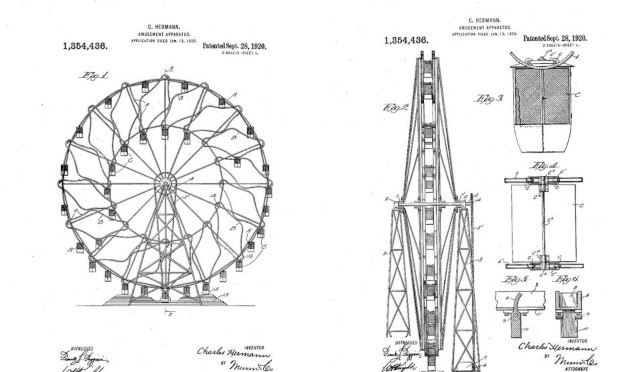
Charles Hermann immigrated to New York from Romania aboard the S.S. Ultonia as “Karoly Hermann.” He was 17 years old and found work as a machinist in New York and then San Francisco. When he returned to New York, Charles began designing a perpetual motion machine, which was granted patent approval in 1915. While working on his design, Charles met Herman Garms, a German immigrant with a background in business. Herman Garms immigrated to New York from Germany aboard the S.S. Pretoria in 1908 as “Herman Rosenfeld.” The two formed the Eccentric Ferris Wheel Company to set their invention in motion. They completed the Wonder Wheel in 1920.
The Wonder Wheel is 150 feet tall, and it differs from a regular Ferris wheel because passenger cabins slide along the winding sets of rails between the hub and the rim rather than being fixed directly to the wheel’s rim. A century later, the Wonder Wheel remains the centerpiece of the Coney Island landscape, offering vast views of the ocean and Manhattan skyline.
Steel Pier
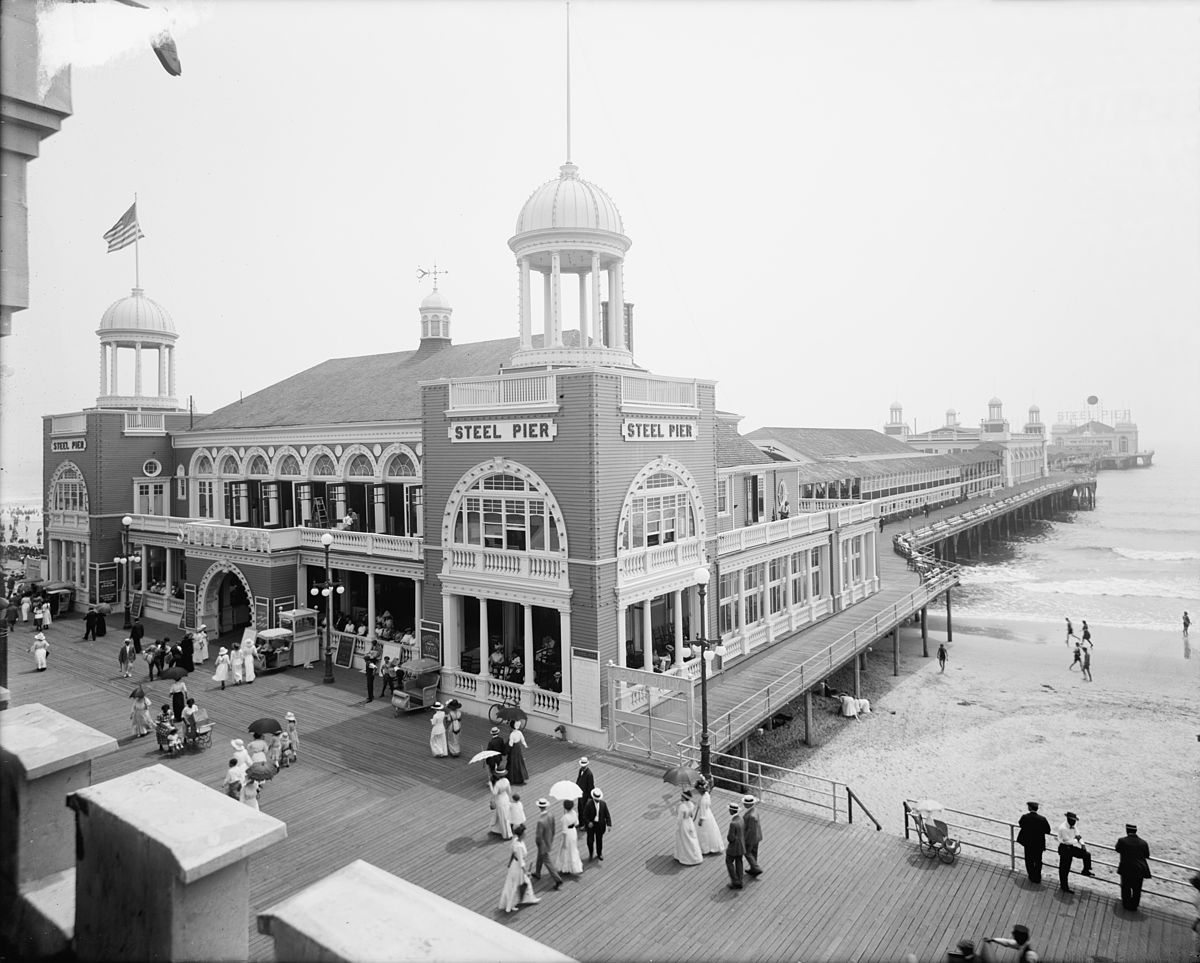
Atlantic City’s most iconic attraction is its boardwalk lined with various recreational activities. At center stage is the Steel Pier, an amusement park built in 1897. Severe weather destroyed the original pier, but it was rebuilt by future mayor Edward Bader and his construction company in 1904. For the next seven decades, Steel Pier was dubbed the “Showplace of the Nation.” Lebanese immigrant George Hamid played a key role in its success. Hamid was born in Broumana, Lebanon (then part of the Ottoman Empire) in 1896. As a child, he learned acrobatics and began working with Buffalo Bill’s Circus. In 1907, he immigrated with the troupe aboard the S.S. Potsdam, spending the next decade learning show business before opening his own circus in 1920. In 1945, Hamid purchased and revamped Steel Pier. Through his experience in show business and booking, Hamid secured performances from acts such as the Beatles and the Supremes.
The Sideshow
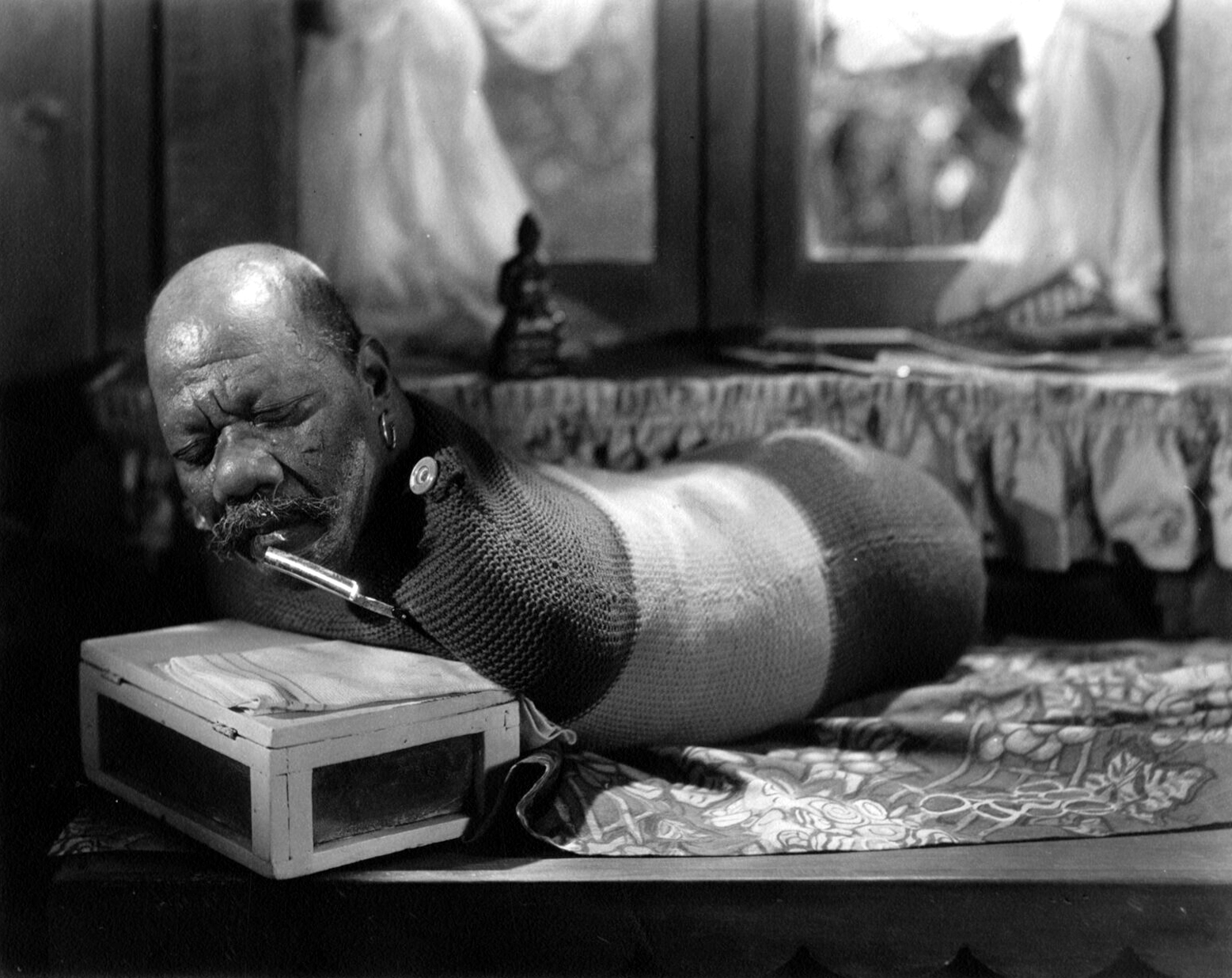
The sideshow is an infamous part of Coney Island’s history. The World Circus Sideshow ran from 1922 to 1941, showcasing individuals with unique talents or physical conditions. Prince Randian was one of the most popular performers; his signature tricks were lighting a cigarette using just his lips and painting by holding a brush in his mouth. Born in Demara, British Guiana, Randian was known as “The Human Torso” due to tetra-amelia syndrome, a rare genetic disorder characterized by the absence of arms and legs. He performed throughout the world. In 1917, on a trip back to New York from St. Thomas, British West Indies aboard the S.S. Parima, Prince Randian was detained in the hospital at Ellis Island.
Miss America
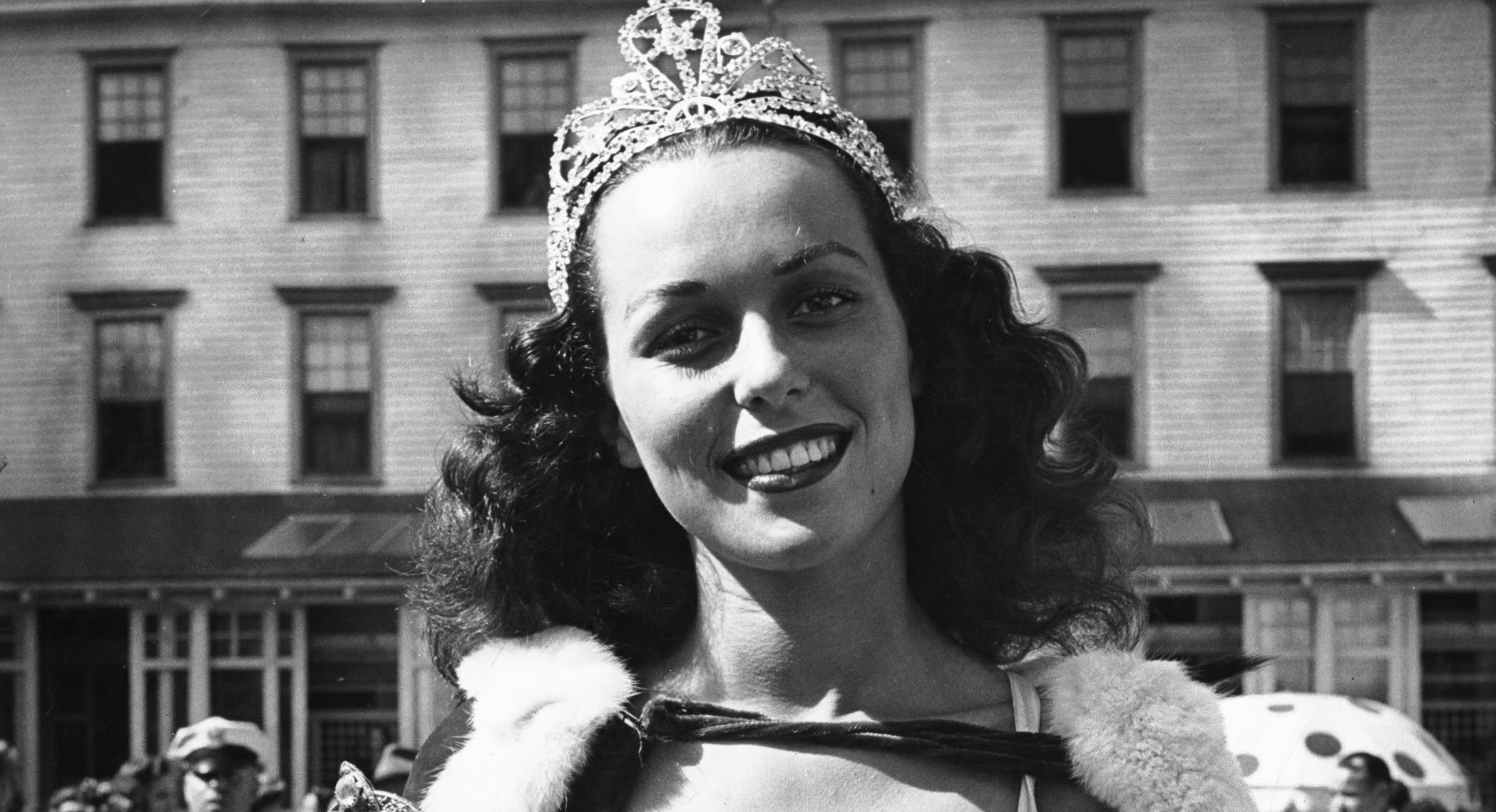
The “Miss America Pageant” began in Atlantic City in 1920. Despite the large influx of Jewish immigrants and revelations from the Holocaust, antisemitism was rampant in the U.S. and it took a quarter century for the first Jewish American woman to be crowned Miss America. Bess Myerson was the was the daughter of Jewish immigrants. Her father, Liebe Myerson, immigrated to New York in 1903 aboard the S.S. Finland. Even with her pageant success, Myerson’s heritage remained an issue, with some encouraging her to use a pseudonym to sound “less Jewish” – she did not oblige.